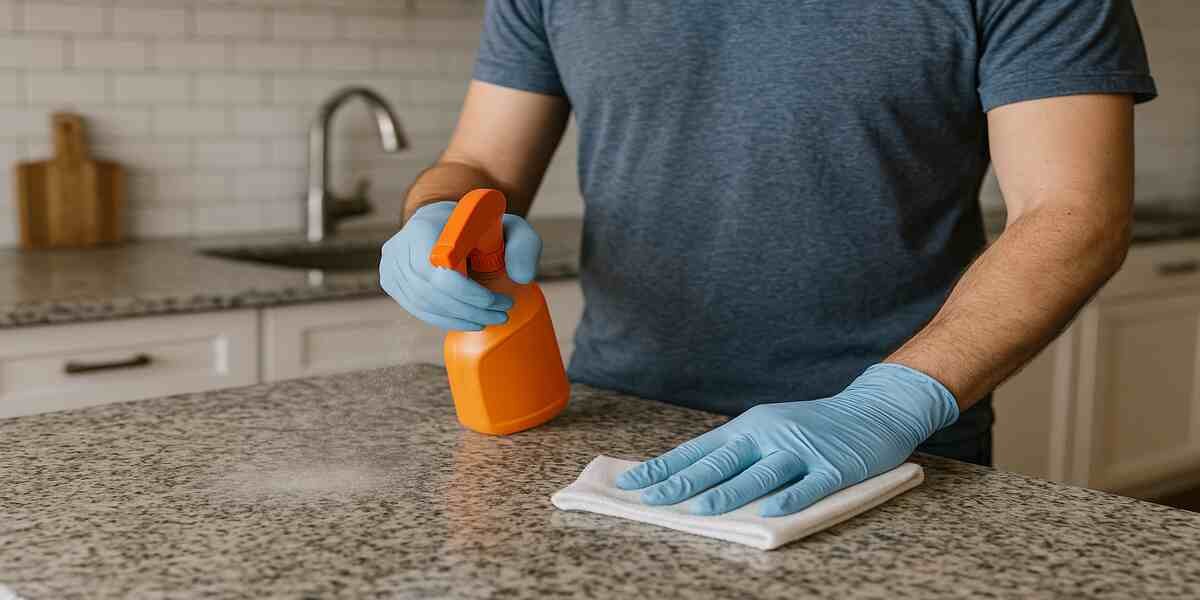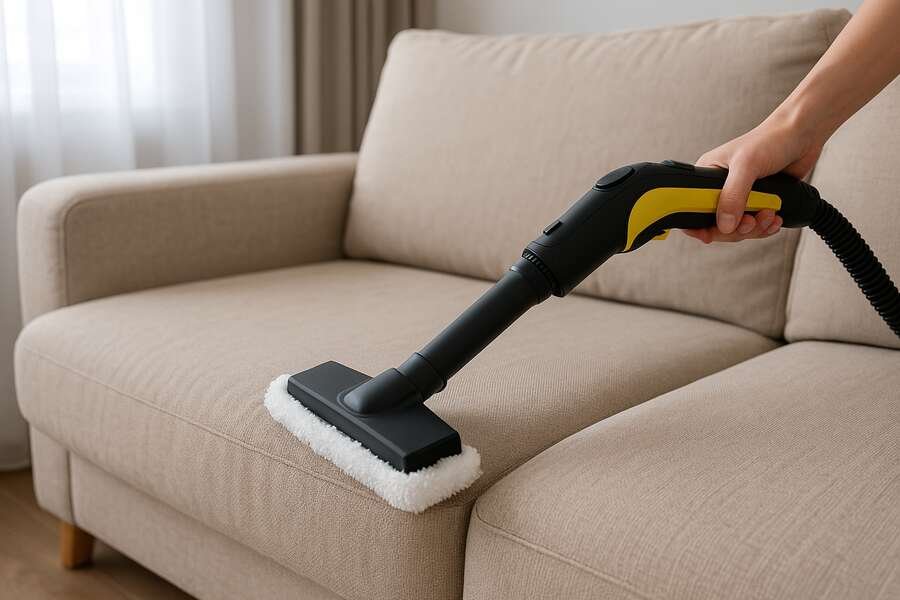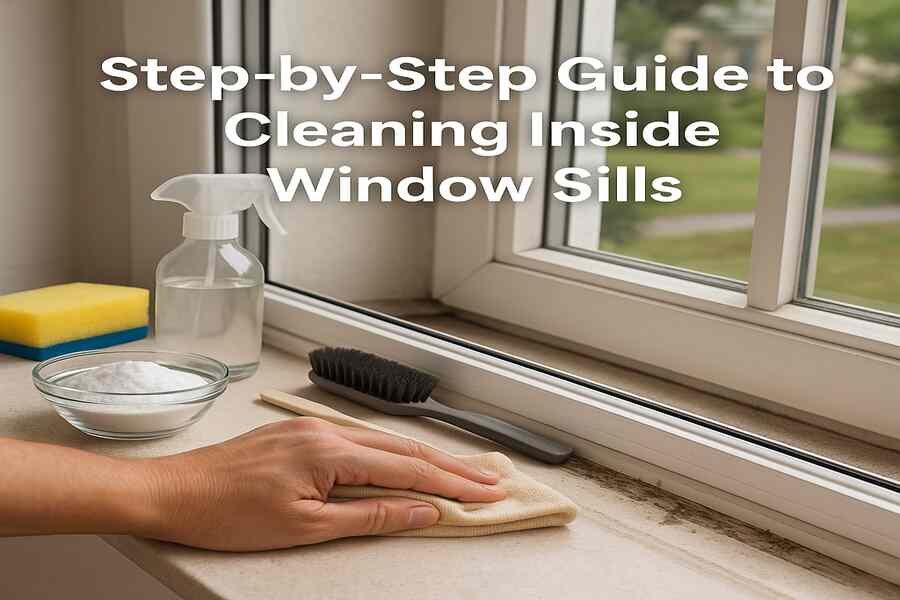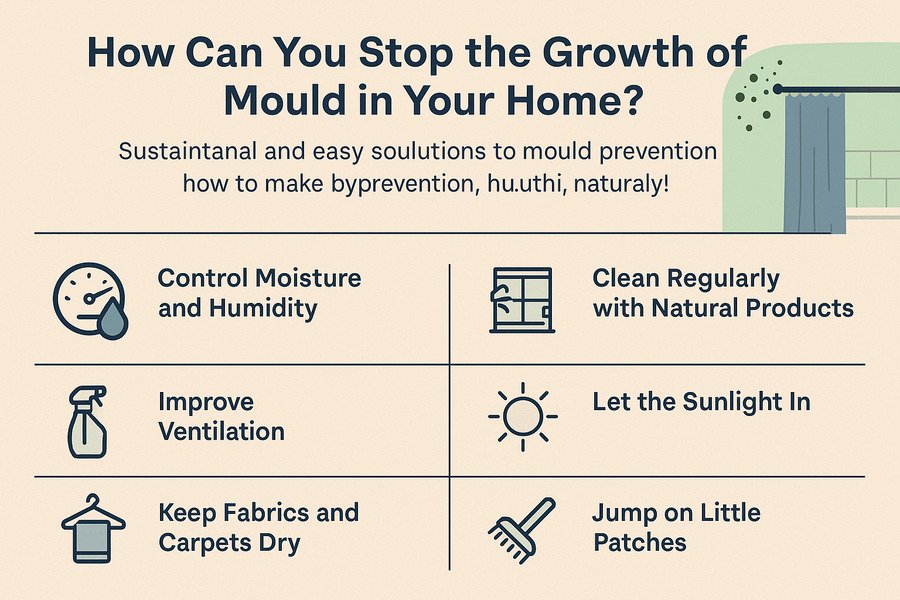How to Wash and Disinfect Granite Surfaces Step by Step

How to Wash and Disinfect Granite Surfaces Step by Step
Have you ever felt yourself leaning on your kitchen counter and seen your amazing granite marred by grease spots, watermarks, or warped, dull spots? The design of the granite countertops makes them look beautiful, which in turn adds value to any kitchen, but they should be looked after to remain shiny and last long. Granite, unlike all other surfaces, absorbs not the spilt liquids as they are absorbed by a porous material. So, while granite countertops look tough and polished, cleaning should be done with smoothness and intelligence. If you have been thinking about how to clean granite so as not to damage or dull the sealant, this is the place for you. Let’s walk through a set of safe, effective, and surprisingly simple steps that will allow you to treat your granite countertops professionally, disinfect them, and protect them.
1. Know Your Granite
Granite is a natural rock, which, owing to its durability and resistance to wear, is porous too, according to Bond Cleaning Pimpama. This implies that, if case spills are not treated, they will penetrate the stone and lead to stains or spawn the growth of bacteria. What is more, inappropriate cleaning techniques may break the protective sealant, which covers the surface. Slowly eating away at the finish and softening the stone is the use of harsh chemicals, acidic cleaners or abrasive pads. This is the reason why when cleaning granite proper products and methods that neither interfere with its beauty nor hygiene is necessary.
2. Everyday Tidying: Soft but Firm
Use a basic and secure cleaning process to maintain it daily. Apply it with a damp cleaning cloth made of microfiber material or a non-scratch sponge containing a combination of warm and mild dish detergent. To allow daily use, wash the surface using a soft cloth that removes dust, food materials or grease. This should not be left to dry up on the surface as they could burn the granite, or worse still, stain it. After cleaning the piece of clothing, dry it by placing a clean piece of cloth to prevent marks and stains on the piece of clothing.
3. The Easy Way to Disinfect Granite
Granite should also be disinfected, especially in a kitchen setting, although bleach or ammonia should not be used as this can interfere with the sealant. Rather, prepare a homemade safe disinfectant spray. Dilute 1/2 cup isopropyl alcohol (at least 70 per cent) with 1 1/2 cups of water and a few drops of a mild dish detergent. Put this mixture in a spray bottle and shake it. Spray it uniformly on the granite surface and leave it to stay a couple of minutes to destroy germs before cleaning up using a clean piece of cloth. This is a non-damaging disinfecting process.
4. How Stubborn Stains Should Be Removed
Baking soda will help you in areas where you encounter tough stains, such as oil, wine, or coffee. In case of water stains, combine baking soda and water in the form of a paste. In the case of oil-based stains, apply hydrogen peroxide as opposed to water. Take the paste and apply it to the stained area, cover with plastic wrap and tape the sides so as to seal. Allow to rest overnight or at least 8 hours. Remove the wrap in the morning, rub off the paste and clean. This is a chemical in a way that removes stains without scratching or damaging the stone.
5. Dealing with Sticky Residue and Grease
Greasy buildup or sticky spots around stovetops could be eliminated easily by using a soft cloth and some warm, soapy water. In case there is a slightly harder grease, put a similar amount of water and rubbing alcohol, spray the affected region and then wipe using a soft sponge. Heavy degreasers are to be avoided, and they may include acids or rough chemical agents. Soak a damp cloth over sticky spots and allow some minutes so the residue loosens, and then wipe it off.
6. Polishing Granite To Get The Additional Sparkle
In case your granite is clean yet does not have that sparkling look, then polish it a bit. Clean and dry the surface and add one or two drops of cooking oil (olive and mineral oil are a good choice) to a microfiber cloth. Gently sweep the countertop circularly to show a shiny finish. Never use waxes or ordinary furniture polishes which leave a sticky film. This will make your granite stay sleek and vibrant once every month.
7. Inspecting and Servicing of the Seal
In order to ensure long-term protection, inspect the seal on your granite counter regularly. Make a nanophase test: Drop some water on it gently. In case the water beads, the seal is not damaged. When it penetrates the stone and discolours the location, resealing needs to be done. The majority of the granite countertops have to be resealed either once a year or whenever they are used. A high-quality granite sealer should be used, and also the product directions followed.
8. Smart Habits that Prevent Damage
Close to nothing in the form of care can do much to keep your granite countertops intact. Never fail to use coasters on drinks to avoid getting ring marks or acid etching of drinks. Avoid putting hot pans in cold water or cool air to prevent cracking or thermal shock problems by placing trivets or hot pads to remove the heat. To keep the surface scratches-free, use cutting boards rather than putting the slices on bare surfaces. And never, never, never use the countertop as a stepping stone or as a chair; your countertop might look strong, but with pressure, it will crack after some time.
Conclusion
To maintain the shiny and clean look of the granite countertops, one will require a light touch. Apply soft cloths, mild soap and alcohol-based disinfection agents. Exclude rugged cleaners. They remain beautiful and durable for over a year because regular sealing and simple polishing are done.



